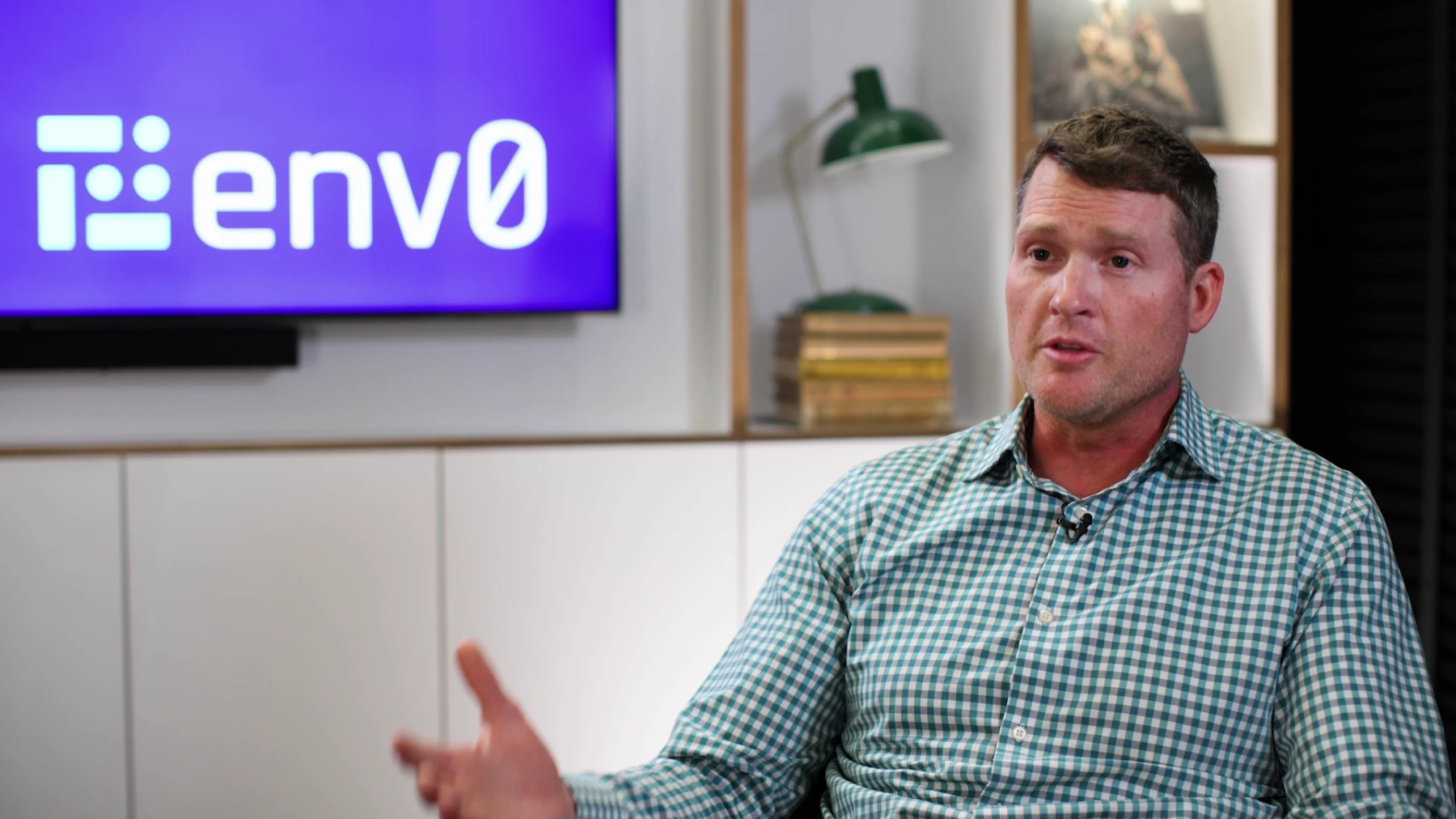ZipCo Doubles Deployment Velocity via Unlimited Concurrency


env0 cut our mean time to merge in half by helping us better manage our workflow and code conflicts.Their customer service and willingness to roll out features based on our needs was unprecedented.
- Slow and linear code deployment
- Cumbersome IaC change management
- Unlimited concurrent deployments
- Dashboards that provided visibility of IaC changes
- 50% faster time to deploy
- Faster issue resolution times
- Transparency and accountability
Background
Zip Co Limited (abbreviated as Zip Co) is a global 'buy now pay later' financial technology company with operations in Australia, New Zealand, and the USA used by millions of customers to handle billions of dollars in annual transactions.
Challenge
Before using env0, ZipCo utilized a monolithic Terraform repository and a rigid tool that functioned similarly to a conventional Git workflow, involving numerous pull requests from the master branch.
This resulted in a cumbersome process that ended up locking out any other developer from making changes.
Moreover, for change, the propagation occurred linearly, where each environment would update one by one, further lengthening the time to deploy.
As a result, it wasn’t uncommon for a simple change to take multiple hours to deploy, during which the codebase was locked, preventing anyone else from working on it.
Solution
- Parallel Deployments: Before env0, ZipCo would have to deploy their code linearly. After moving to env0, multiple environments could now be deployed simultaneously.
- Robust UI: The interface env0 provides has given each developer a deeper insight in a much more organized fashion that doesn't rely on local code execution. The interface is also much easier to understand, well documented, and has fewer clicks than their previous solution.
Results
- Time to Deploy Cut by 50% - Simultaneous environment deployments have drastically reduced deployment times, thereby optimizing the development cycle and saving valuable time for the company.
- Transparency and Accountability - By exposing "tribal knowledge" and eliminating hidden shortcuts and backdoors, all team members now have a clear understanding of the deployment environments, fostering a culture of openness and accountability.
- Streamlined Operations - The UI simplifies the deployment process, requires fewer steps compared to previous solutions, and is more intuitive. This improvement has enhanced productivity.
- Shortening Issue Resolution - Using env0 drift detection and logging capabilities, issues could be identified and resolved quicker, within hours rather than days or weeks.
What’s Next?
There are still daily challenges ZipCo faces as they continue to integrate their worldwide Azure solution with env0. As each challenge presents itself, the flexibility of env0 coupled with the newfound agility gives ZipCo multiple paths to solve issues they traditionally saw as not reasonably achievable.
Related Content
SumerSports Adds Developer Self-Services, Streamlines Complex Deployments
SumerSports Adds Developer Self-Services, Streamlines Complex Deployments

